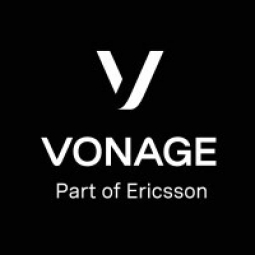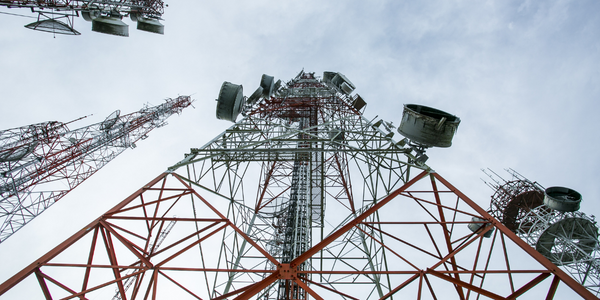Technology Category
- Analytics & Modeling - Predictive Analytics
- Application Infrastructure & Middleware - Data Exchange & Integration
Applicable Industries
- Electrical Grids
- Telecommunications
Applicable Functions
- Product Research & Development
- Sales & Marketing
Use Cases
- Inventory Management
- Personnel Tracking & Monitoring
Services
- System Integration
- Training
About The Customer
MTD is a globally recognized leader in outdoor power equipment, known for its high-quality lawnmowers, tractors, snow throwers, and tillers. The company, headquartered in Valley City, Ohio, has been in operation for 86 years and is privately owned. MTD's business strategy is centered on delivering superior customer engagement, improving the product development process and speed-to-market, and enhancing its partnerships with retailers. The company is committed to maintaining its reputation for top-notch customer experience and continually seeks to improve its operational efficiency.
The Challenge
MTD, a world leader in outdoor power equipment, was facing a significant challenge in maintaining its reputation for superior customer experience due to its outdated contact center technology. The legacy system was impeding performance and limiting operational potential. The company's business drivers, which include delivering excellent customer engagement, improving product development processes, and enhancing speed-to-market and retailer partnerships, were being compromised. The need for a solution that could overcome these challenges and align with the company's business drivers was critical.
The Solution
MTD chose to implement the Vonage Contact Center for Salesforce, a decision rooted in the platform's synergy with Salesforce. The integration of Vonage and Salesforce provided MTD with a 360° view of their customers across all channels, including calls, online, live chat, and email. The Vonage system enabled MTD to quickly route customer calls to the appropriate agents and deflect 5-7% of calls to an automated option for immediate answers to simple queries. The integration of Monet into the transformation project optimized MTD's workforce schedule and reduced staffing costs through predictive analytics and real-time information access. In the event of a disaster, the Vonage system allowed MTD to shift calls to WebRTC, saving the company thousands of dollars.
Operational Impact
Quantitative Benefit

Case Study missing?
Start adding your own!
Register with your work email and create a new case study profile for your business.
Related Case Studies.
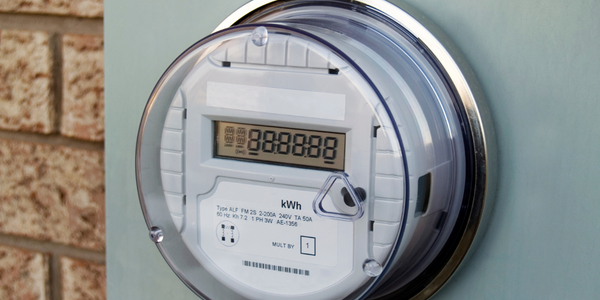
Case Study
Hydro One Leads the Way In Smart Meter Development
In 2010, Ontario’s energy board mandated that time-of-use (TOU) pricing for consumers be available for all consumers on a regulated price plan. To meet this requirement, Hydro One needed to quickly deploy a smart meter and intelligent communications network solution to meet the provincial government’s requirement at a low cost. The network needed to cover Hydro One’s expansive service territory, which has a land mass twice the size of Texas, and its customers live in a mix of urban, rural, and remote areas, some places only accessible by air, rail, boat or snowmobile. Most importantly, the network needed to enable future enterprise-wide business efficiencies, modernization of distribution infrastructure and enhanced customer service. To meet these needs, Hydro One conceptualized an end-to-end solution leveraging open standards and Internet Protocols (IP) at all communication levels. The utility drew upon industry leaders like Trilliant to realize this vision.

Case Study
Selling more with Whirlpool
Whirlpool wanted to add connectivity to appliances and transform the company's relationship with customers. Traditionally, Whirlpool interaction with customers was limited to purchases made once every ten years. Connected washer and dryers provide exciting new features like remote management of start times and inter-machine communication.
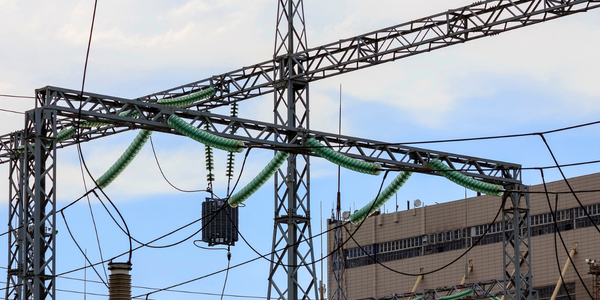
Case Study
SAS® Analytics for IoT: Smart Grid
Companies face falling revenues, rising infrastructure costs, and increasing risk of outages caused by inconsistent energy production from renewable sources. Less money is coming in as more people and organizations take steps to curb their energy use. Utilities are paying more to maintain and build infrastructure due to increasing complexity, resulting from the rising number of intermittent and variable renewable energy sources connected in the distribution grid.
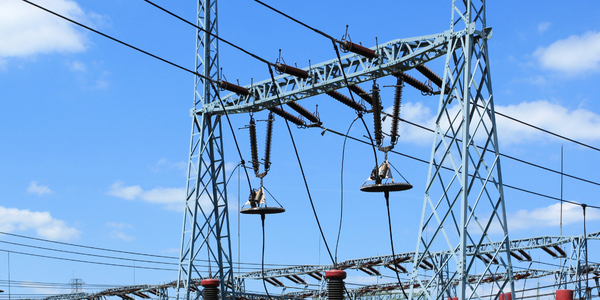
Case Study
Enel Secures Italian Power Generation Network
Electric energy operators around the world are working to increase the reliability and cyber resiliency of their systems. This includes Enel, a global power company that manages and monitors the Italian power grid. This grid:• Serves 31 million customers• Has a net installed energy capacity exceeding 31 gigawatts• Includes more than 500 power generation plants,including hydroelectric, thermoelectric, and wind• Is managed and monitored by Enel 24/7/365• Is operated by Terna, the Italian Transmission System Operator (TSO)Enel is responsible for the availability of the grid’s underlying ICS and industrial network. It also manages Regional Control Centers and Interconnection Centers which connect with the TSO. The TSO manages the flow of energy to the grid plus controls and remotely regulates the power generation of power plants, increasing and decreasing power production as required. The complex system of interaction and cooperation between Enel and the TSO has strong security implications as well as operational and business challenges.
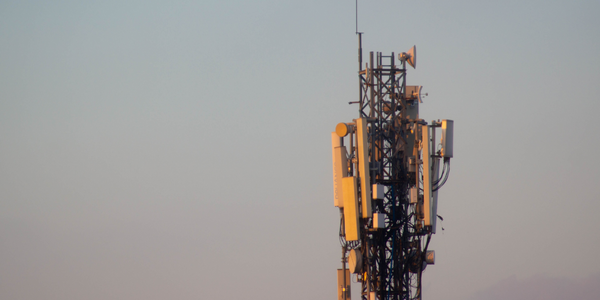
Case Study
Vodafone Hosted On AWS
Vodafone found that traffic for the applications peak during the four-month period when the international cricket season is at its height in Australia. During the 2011/2012 cricket season, 700,000 consumers downloaded the Cricket Live Australia application. Vodafone needed to be able to meet customer demand, but didn’t want to invest in additional resources that would be underutilized during cricket’s off-season.




